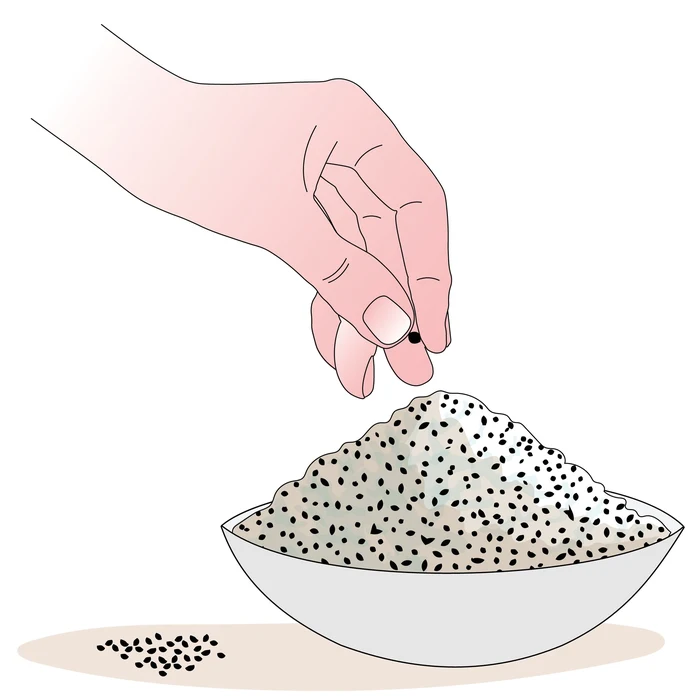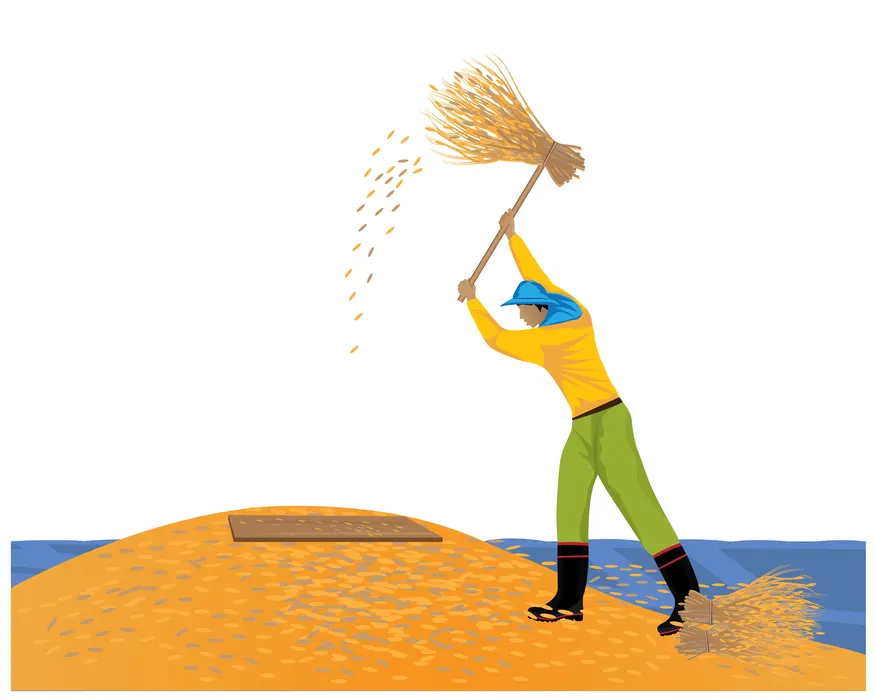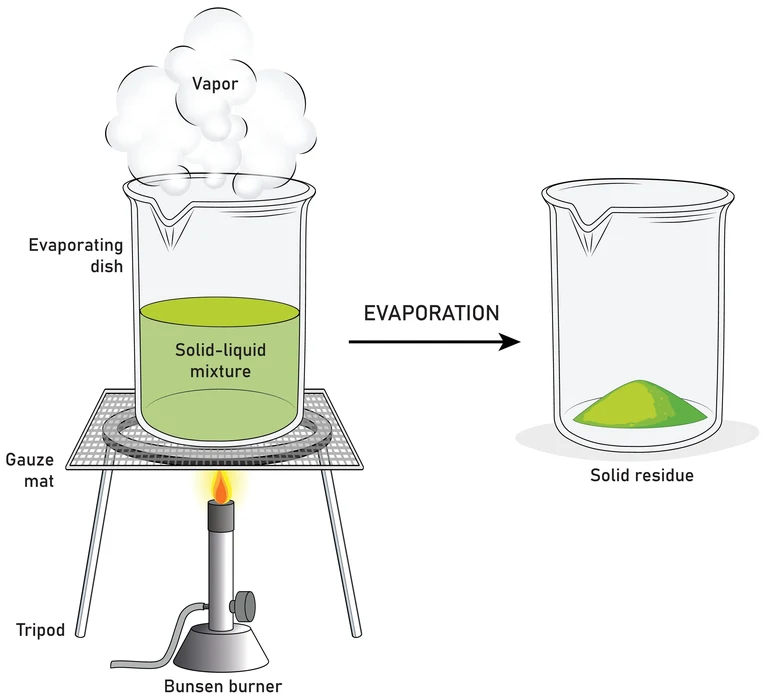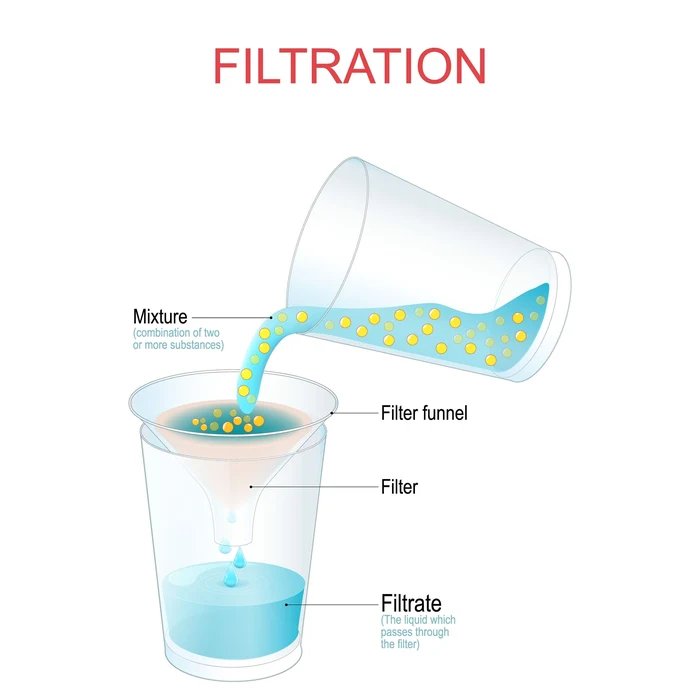Introduction
A “mixture” is a combination of two or more substances, such as water and sand, salt and water, or a solution of two solutes, for example. These mixtures are not chemically linked. Hand-picking, winnowing, filtration, distillation, and other techniques are used to separate them. The mixture can be solid in solid, liquid in liquid, gas in gas, and so on. Seawater is also a salt-water mixture. The “evaporation method” is used to separate salt from seawater. Different techniques are used to separate different types of mixtures.
Methods of Separating Mixtures:
Depending on the type of mixture, there are various methods for separating it. In 1840, some prospectors used water to separate gold from a mud mixture; the mud containing gold was filled with water in a pan.
After a while, the pan was twisted to remove the dissolved material, and gold settled in the pan due to its weight. Panning is the process of separating gold from water.
Substances in our environment exist as mixtures, of which there are two types: “homogenous” and “heterogeneous” mixtures.
Different techniques are used to separate them.
Hand-picking:

The hand-picking method is used to separate the mixtures that are less in quantity and the size of the particle is big. It is usually used to separate stones from grains, rice pulses, etc at home and groceries shops. In this type both the components are in solid form, these are big enough to separate them by hand.
Threshing:
This method is widely used to separate grains from twigs. Farmers use this method to separate hard wheat, rice, pulses, and other grains from their stalks. When food grains reach maturity, the farmer harvests and dry them in the field.

Winnowing:
This method is used to separate the husk from grain or pulses with the help of “ wind” that’s why it is named “winnowing”.
- In this method, the grains separated by the threshing method contains small twigs, and a husk that is quite thin and light in weight.
- The grains containing husk are taken in a winnowing basket. The farmer stands at a particular height, taking that basket in the direction of the wind.
- The farmer falls the grains, the husk, and the twigs get separated by the flow of wind and the grains get cleaned.

Evaporation
- To separate the mixture into liquid form, “the evaporation technique” is used. The volatile material evaporates, leaving behind a non-volatile solid in the container.
- The mixture is heated in this method until the liquid portion of the mixture evaporates.
- The mixture’s solid component is left in the container.
- This method separates salt from seawater.

Distillation
The “distillation method” is used to separate two or more mixed liquids.
- A “distillation apparatus” in this method is a plant that contains a flask, a thermometer, a condenser, and a collecting flask (distillate).
- The mixture is heated to a specific temperature in the distillation flask.
- The liquid begins to boil and turns into vapour.
- This vapour is collected in a “distillate” after being condensed in a condenser.
Filtration
It is a common technique for separating liquids from insoluble solids.
- The “filter paper” is used in the filtration process to separate liquid from the mixture that is large enough to become trapped in the porous material.
- To separate water from a sand and water mixture.
- Heavy impurities are settled down during the sedimentation process.
- The first liquid, which is above, is then slowly separated from the flask.
- This method is used to separate mud and water mixtures.

Summary
The elements in the environment are found in combination with other elements. These are both homogenous and heterogeneous mixtures. The mixture can exist as a liquid, solid, or gas. The two materials are not chemically bonded. Depending on the type of mixture, different methods are used to separate it.
Frequently Asked Questions
1. How are the essential oils extracted from the flowers?
Ans. Steam distillation is used to separate the essential oils. The liquid is converted into steam in this process, and the steam vaporises the material with it before being condensed and separated in a retort.
2. Which mixture is separated using cryogenic distillation?
Ans. This method is used to separate the acid gas mixture from the gaseous mixture, LPG, and is similar to removing CO2 from LPG.
3. How are fatty acids, resins, and wax separated from the mixture?
Ans. Drugs, esters, fatty acids, tocopherols, resins, and wax are separated from mixtures using short-path distillation.

